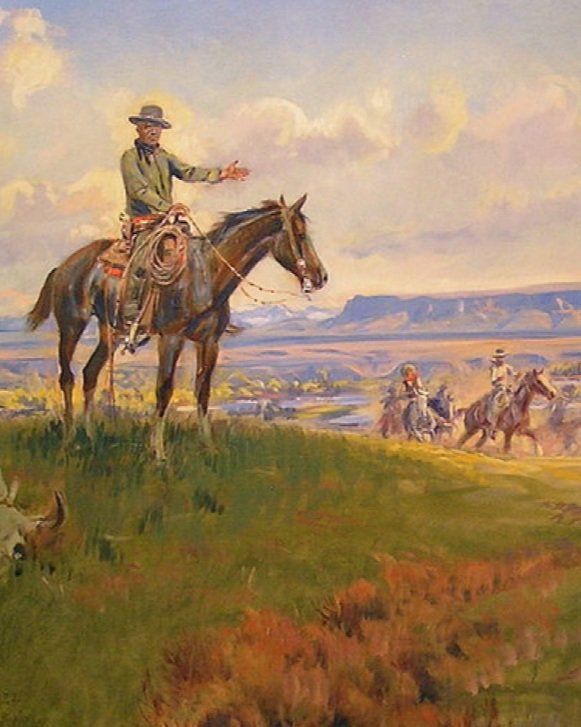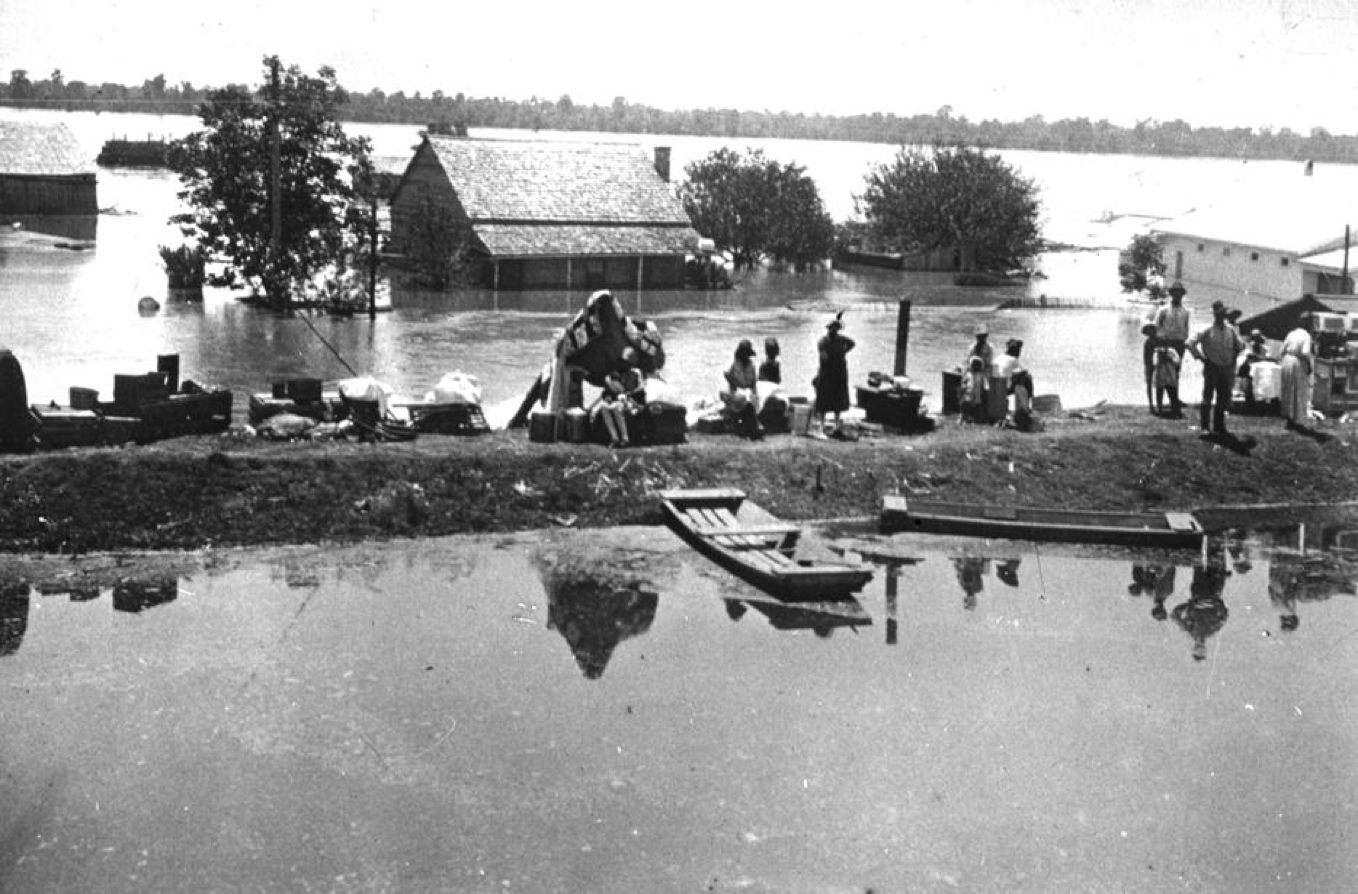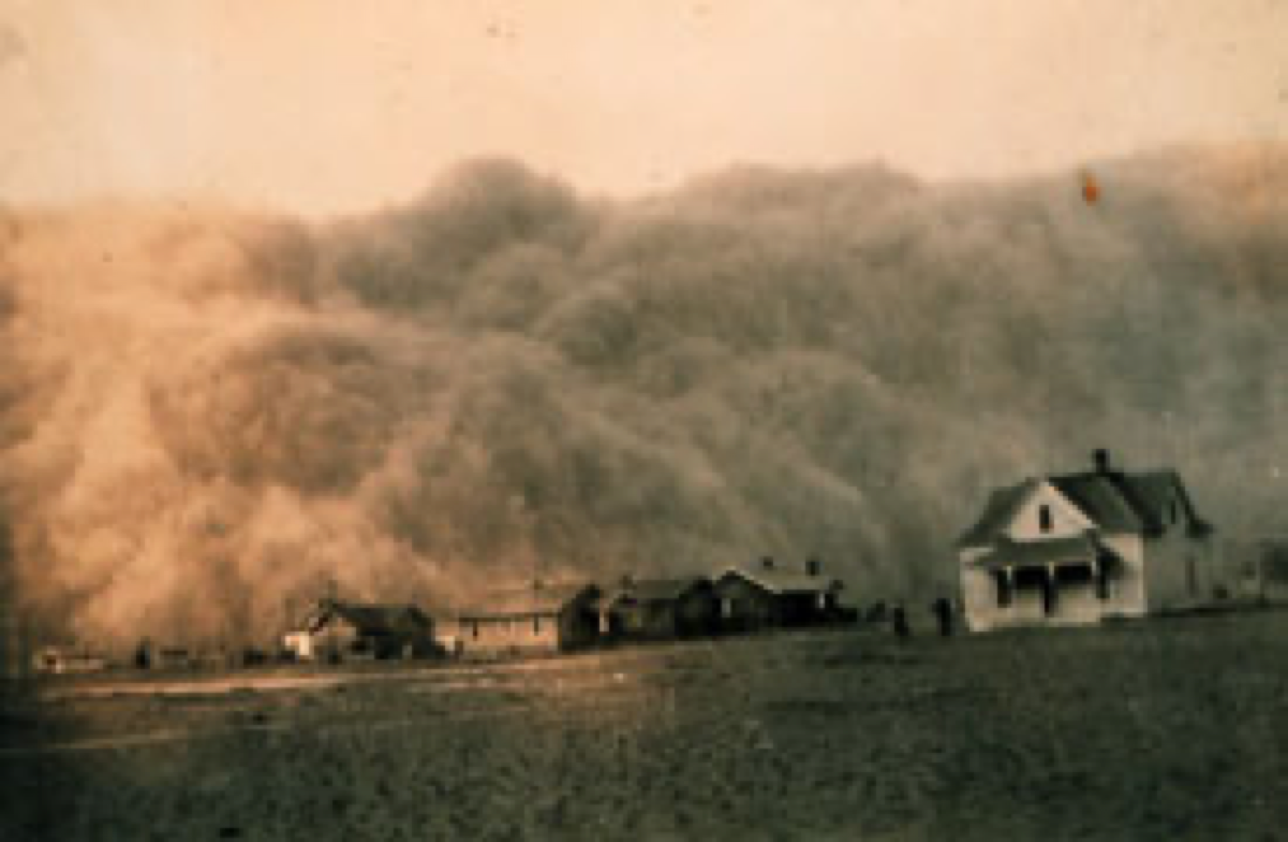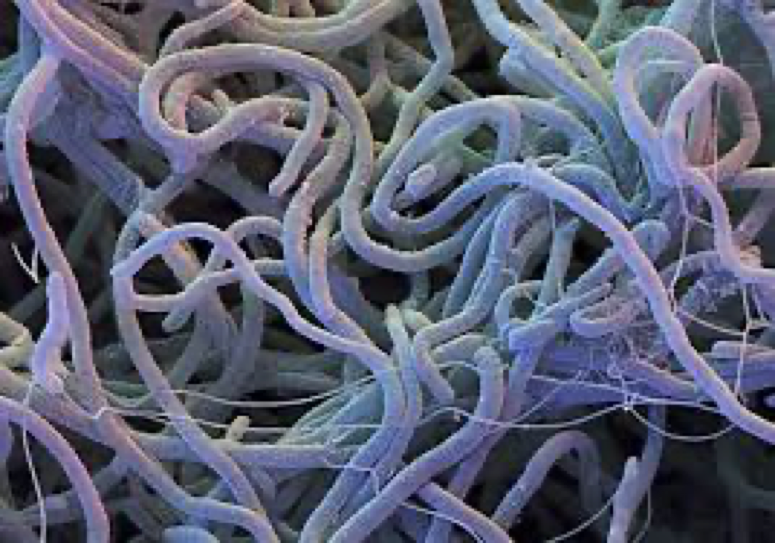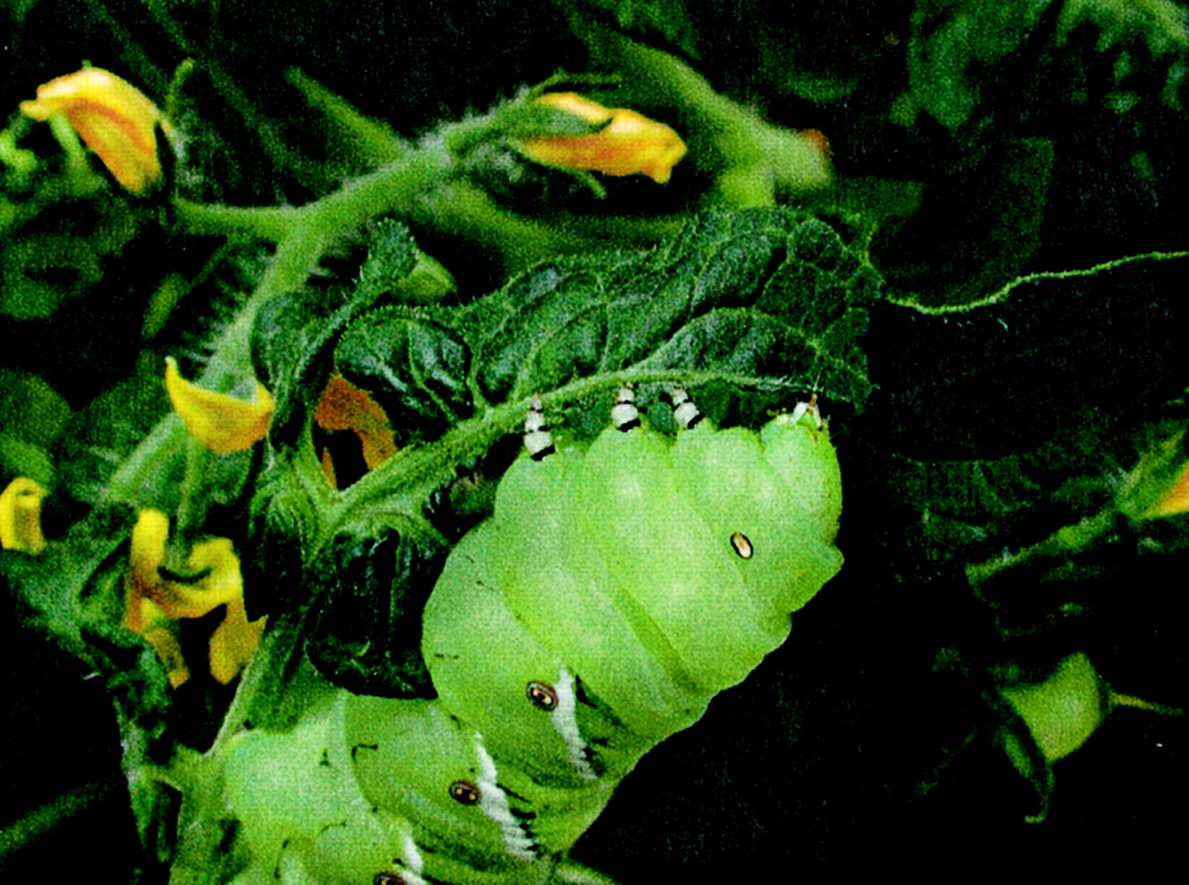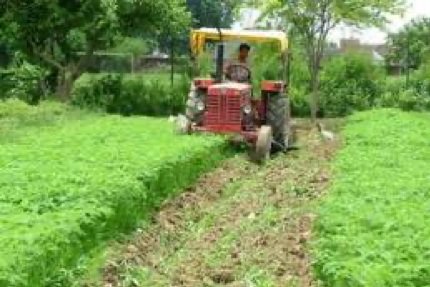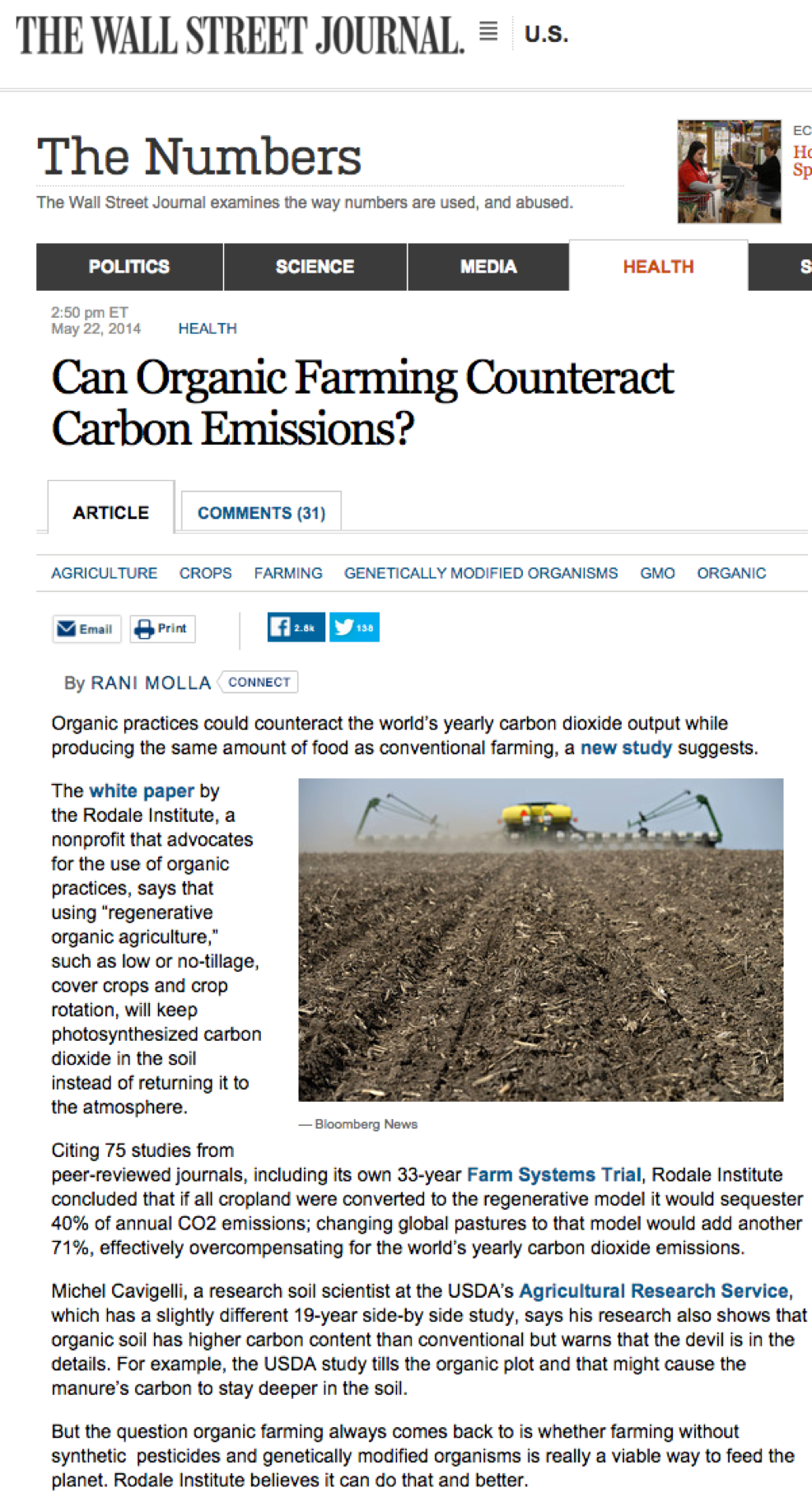I want to start by quoting a Joni Mitchell song called ‘Woodstock’ which goes:
We are stardust
We are golden
We are billion year old carbon
And we got to get ourselves
back to the garden
Carbon is in almost all of the food we eat.
Carbon is in all plants
1 in every 8 atoms in our bodies is carbon
Getting ourselves ‘back to the garden’ means making sure that carbon is our ally, not our enemy
It was, as carbon dioxide, once 95% of our atmosphere
Now it is less than 1/10 of one percent
We are converting carbon from 12-15% in healthy organic soils to as little as ½%.
Atmosphere 95% Carbon dioxide. Now: .04%
Cyanobacteria were the earliest lifeform that could convert carbon dioxide into carbohydrate, paving the way for microbial life and ultimately, all plants and animals. Today the total biomass of microbes is over 90 billion tonnes, about the same amount as in plants all animals are 2 billion tonnes C and humans are less than 1/10 of a billion tonnes of carbon. It was, as carbon dioxide, once 95% of our atmosphere.
““In my book a pioneer is a man who turned the grass upside down, strung barbed wire over the dust that was left, poisoned the water and cut down the trees, killed the Indian who owned the land and called it progress””
We humans, once we started farming, emitted a lot of carbon from the soil, where it does good, to the atmosphere, where it stops our planet reflecting sunlight, trapping it and thus causing global warming
“‘We didn’t know what we were doing because we didn’t know what we were undoing’ ”
Farmers in the US sent billions of tonnes of soil carbon into the atmosphere as carbon dioxide. Nobody knew this was happening, but soil fertility eventually ran out.
I was born in Nebraska…near that red X on the map above. There were over 250 tonnes of soil carbon per hectare when my great grandfather ploughed virgin prairie back in 1885. By the time I was born, about 60 years later, that 250 tonnes was down to 20 tonnes of carbon per hectare. The other 90% had disappeared into the atmosphere as carbon dioxide. The fertility of the soil suffered, but chemical fertilisers came along just in time to keep things going. The nitrous oxide from those fertilisers made things worse, though, as nitrous oxide is a greenhouse gas that has a refractive index 300 times stronger than carbon dioxide. So nitrogen fertiliser increases the trapping of heat on the planet, too.
A lot of that soil carbon was lost because farming destroyed the soil structure and when it rained heavily in 1927 huge amounts of soil washed down the Missouri and Mississippi rivers, wiping out many black farmers who had small farms after slavery ended.
Mississippi Floods 1927
Most emigrated to Chicago or Detroit. Many blues songs described this wipeout, including ‘Muddy Waters’ – not the singer, but a song about losing a farm to that tide of mud.
Dust Bowl 1935
A few years later the fractured soils of the Midwest gave way again and started to blow away.
An Englishman, Richard St Barbe Baker, one of the founders of the Soil Association, was asked to set up a tree planting programme that created a line of 220 million trees from the Canadian border to Mexico that stopped further soil loss.
Of course fossil fuels are part of the problem, but agriculture, up till 1980, was responsible for half of all the carbon dioxide increase since 1850. Fossil fuels passed farming around 1950 and then increased by 5 times. Farming emissions more than doubled, largely thanks to chemicals. Now it’s a total of 37 billion tonnes a year.
50% of total CO2 increase 1850-1980 is from farming. 100% of total CO2 reduction can come from farming
From 1850-1980: Today
Total CO2 from Farming: 160 billion tonnes 10 billion tonnes
Total CO2 from Fossil Fuels: 165 billion tonnes 27 billion tonnes
If we change the way we farm and even keep burning fossil fuels, we could reduce greenhouse gas levels by at least 20 billion tonnes a year and be back to a stable climate in a decade or so.
Mycorrhizae
Mycorrhizae take the carbon that plants make in their leaves as carbohydrate (sugar) and use it to grow the underground population of microbial biomass, the soil microbiome
Mycorrhizae Networking
They form a network that is the soil equivalent of the internet – if a plant needs something the mycorrhizae feed more sugar to the microbes that can help.
Actinomycetes and streptomyces - Nature’s antibiotics
Actinomycetes
Streptomyces
They feed poisonous bacteria that make chemicals that kill plant diseases (and are the source of our medical antibiotics)
Mycorrhizae feed Trichoderma fungi, whose threadlike hyphae strangle root-eating nematodes. It’s hard to imagine fungi killing worms in the soil, but they can.
All these materials are made of carbon and ultimately decompose and become the carbon in the soil from whence they came. Chemical fertilisers reduce mycorrhizae and therefore soil carbon
ANNUAL GLOBAL NITROGEN FIXATION
Mtonnes N2 per year
INDUSTRIAL
Industrial (Haber-Bosch) ~50
Combustion ~20
TOTAL ~80
NATURAL
Agricultural land ~90
Forest & non-agricultural land ~50
Lightning ~10
TOTAL ~150
Total Industrial and Natural: 230 M tonnes
WE ARE LOSING…
39 FOOTBALL FIELDS A MINUTE (Volkert Engelsman - IFOAM)
12 MILLION HECTARES OF LAND DEGRADED EVERY YEAR
12 million hectares of land degraded every year - 1.8% of available land lost to farming
WE ONLY HAVE 1.5 BILLION HECTARES THAT EQUATES TO ONLY HAVING 125 YEARS OF FARMLAND LEFT.
This madness has to stop. EVEN IF IT JUST TO GUARANTEE FOOD FOR OUR GRANDCHILDREN, NOT TO MENTION REDUCING ATMOSPHERIC CARBON DIOXIDE
Stop subsidies
Put human health first
Green Revolution had unintended consequences
Genetic Engineering a problem, not a solution
Little time left
Protect our agricultural capital (soil)
Support small farmers and diverse ecosystems
Study and learn from traditional farming
Reward farmers who prevent climate change
The path to sanity was marked out 15 years ago by the 400 scientists on the International Assessment of Agricultural Science and Technology for Development, the IAASTD. Its conclusion was that we need to reward farmers who prevent climate change
Eight years ago at COP21 in Paris every nation in the world signed up to an agreement that included Article 6 which said we should reward farmers who prevent climate change
Agriculture must be included in reducing Greenhouse Gas levels. Sultan Al Jaber, who organised this conference, has said that agriculture will be high on the agenda in COP28 in Abu Dhabi this November and this is why we’re here.
CARBON FARMING EFFICIENCY
Industrial Farm – 12 calories of fossil fuel energy to produce
1 calorie of food
Organic Farm – 6 calories of fossil fuel energy to produce
1 calorie of food
Farmer with a hoe – 1 calorie of human energy to produce
20 calories of food
Farmer with a hoe: 120 times more energy-efficient than an organic farmer
240 times more energy-efficient than an industrial farmer
An industrial farm uses 12 calories of fossil fuel energy to produce 1 calorie of food.
Organic is better, it uses 6 calories of fossil fuels and it increases soil carbon.
In terms of energy efficiency the organic farmer uses at least half as much energy as an industrial farmer and increases soil carbon into the bargain.
There’s money in it too, trading carbon credits.
When the boys in the City of London and on Wall Street get it, there is hope. There is money to be made in carbon and they don’t want to miss out
Rodale Institute 30 year trial results
Organic uses 45% less energy
2. Average yields match conventional (soybeans/corn)
3. C sequestration 1 MT/ha (3.7 T CO2/ha) per annum
Organic farming sequesters at least 4 tonnes of CO2 per hectare per year. La Vialla a biodynamic farm in Italy, sequesters 10 tonnes per hectare per year, validated annually by the University of Siena for the last 15 years.
““We could sequester the equivalent of the anthropogenic carbon
gas produced by humanity today. Storing carbon in the soil is
organic matter in the soil, organic matter is fertilizing the soil.”
”
BY LAW: CO2 price to be € 56/tonne in 2020 and €100/tonne in 2030. Today’s price €106 /tonne now
In response to Le Foll after COP21 in Paris the French Government agreed a target carbon price of €56 per tonne by 2020 and €100 per tonne by 2030. They were too conservative. The carbon price today is €80 per tonne
The Carbon Border Adjustment Mechanism will impose a carbon fee on imports into the EU that reflects this € 80 per tonne price. That will encourage anyone who exports to the EU to reduce carbon and increase sequestration
1997 - ‘Organic’ ‘Wholegrain’ ‘No GMOs’ One year after they were introduced
‘Carbon Neutral’ Future Forests became The Carbon Neutral Company
The world’s first ever carbon neutral food product was Whole Earth Organic Wholegrain Corn Flakes 1996. We planted trees to offset our carbon footprint, but it turned out we didn’t have to plant many because the organic farmers who grew the organic corn were increasing soil carbon as organic matter every year. That’s when the penny dropped for me about organic farming and carbon sequestration
What about Wheat and Barley?
Home Grown Cereals Authority
Most emissions come from fertiliser and fertiliser induced field emissions, i.e soil breakdown. Growing organically can increase soil carbon and reduce emissions.
Farming carbon means that an organic farmer can sell at the same price as the non-organic farmer and make more money. If farmers have the same income, then organic wheat would be cheaper and an organic loaf of bread would be cheaper than one with glyphosate herbicide residues, now known to cause a multiplicity of human diseases. Who’s going to insist on paying more for a loaf of bread that is less healthy?
(Ignores antibiotics cost to human health)
With beef the methane emissions every time a cow burps or farts are a big problem, but less when they are on pasture and regenerative grazing.
Vegans and Vegetarians have lower emissions, which could be reversed if they were 100% organic – which many are.
NET ENERGY LOSS:
CORN ETHANOL -50%
PALM OIL BIODIESEL -8%
There is never any justification for burning food. 1 person dies every 7 minutes of hunger and we burn half of America’s corn crop as ethanol in gasoline and make ethanol from wheat and barley and biodiesel from rapeseed and palm oil. We scream at food companies for using palm oil instead of heart-destroying hydrogenated fat while they burn subsidised palm oil in their transportation vehicles. Carbon pricing would stop all of that nonsense dead. Corn ethanol has a higher carbon footprint than fossil fuel gasoline but it’s ‘renewable’ but so what?
Farmers vs Architects
Vancouver “Woodscraper” - Wooden buildings will be cheaper than concrete and steel
With carbon pricing it will be cheaper to build with wood than with steel or concrete. Wood that goes into a building sequesters carbon for centuries. I live in an oak frame house that was built 260 years ago and the carbon in it ain’t going anywhere. A 70 storey ‘woodscraper’ in Osaka Japan sequesters a huge volume of carbon and, as a bonus, is more resilient to earthquakes.
BIOCHAR
What is it?
Charcoal made to be used as a soil improver
What does it do?
•Increases microbiological populations
•High surface area adsorbs mineral nutrients
•Reduces plant disease
•Reduces fertiliser use
•Help soils retain moisture
•Improves soil structure
•Reduces soil greenhouse gas emissions N2O
•Long term carbon sequestration
Sawmill by-products and farm waste like rice husks and corn stalks can be made into biochar. This is agricultural charcoal and is almost pure carbon. When it’s in soil it helps with drainage, soil aeration, keeps moisture in the soil and supports a resilient and vibrant soil microbiome and minimises loss of soil nutrients.
Biochar’s tiny pores are where the soil microbiome flourishes undisturbed by nematodes and protozoa and get on with creating perfect conditions for healthy plants grown under organic methods and represent a permanent addition of carbon to the soil that would otherwise be in the atmosphere. It has been used extensively on the Urban Farm at Expo City and is being applied in other Gulf countries to restore degraded and desertified soils to full fertility. There is a biochar session on the 10th which I recommend you attend,
Who’s feeding the world?
70% of world’s food grown on farms smaller than 5 hectares - NO SUBSIDIES
30% of the world’s food grown on industrial farms - $350 Billion yearly SUBSIDIES
The subsidies farmers receive are mostly to increase emissions from soil degradation, nitrous oxide emissions, methane emissions and to convert good food into biofuels. Carbon pricing can totally replace subsidies, restore fertility to our soils, improve the nutritional value of our food, fight hunger and save our lovely planet from global warming
Thank you
Craig Sams
Chairman Carbon Gold Ltd
Director, Soil Association Certification
Expo City Farm Workshop space December 3rd & 4th 2023




